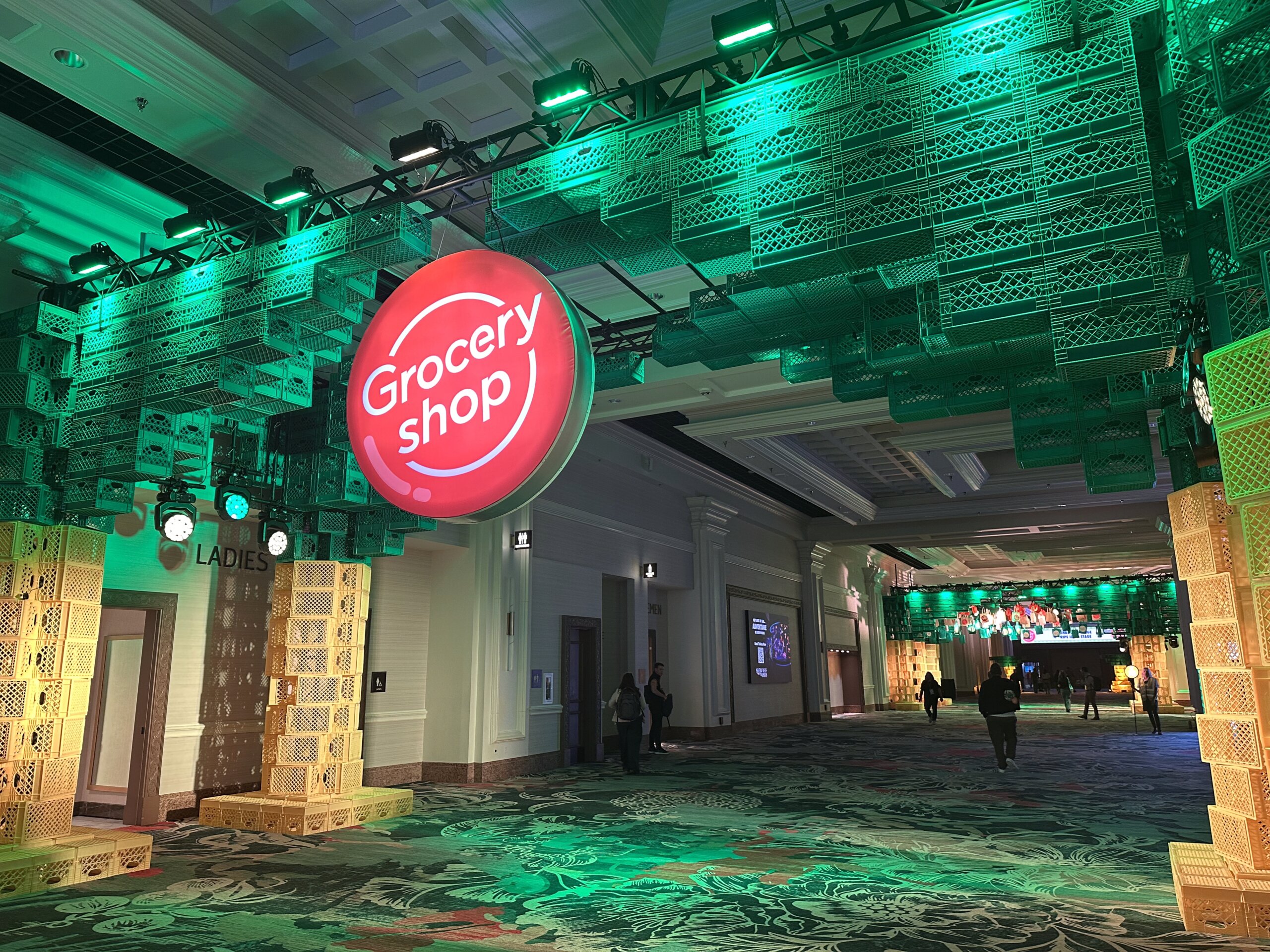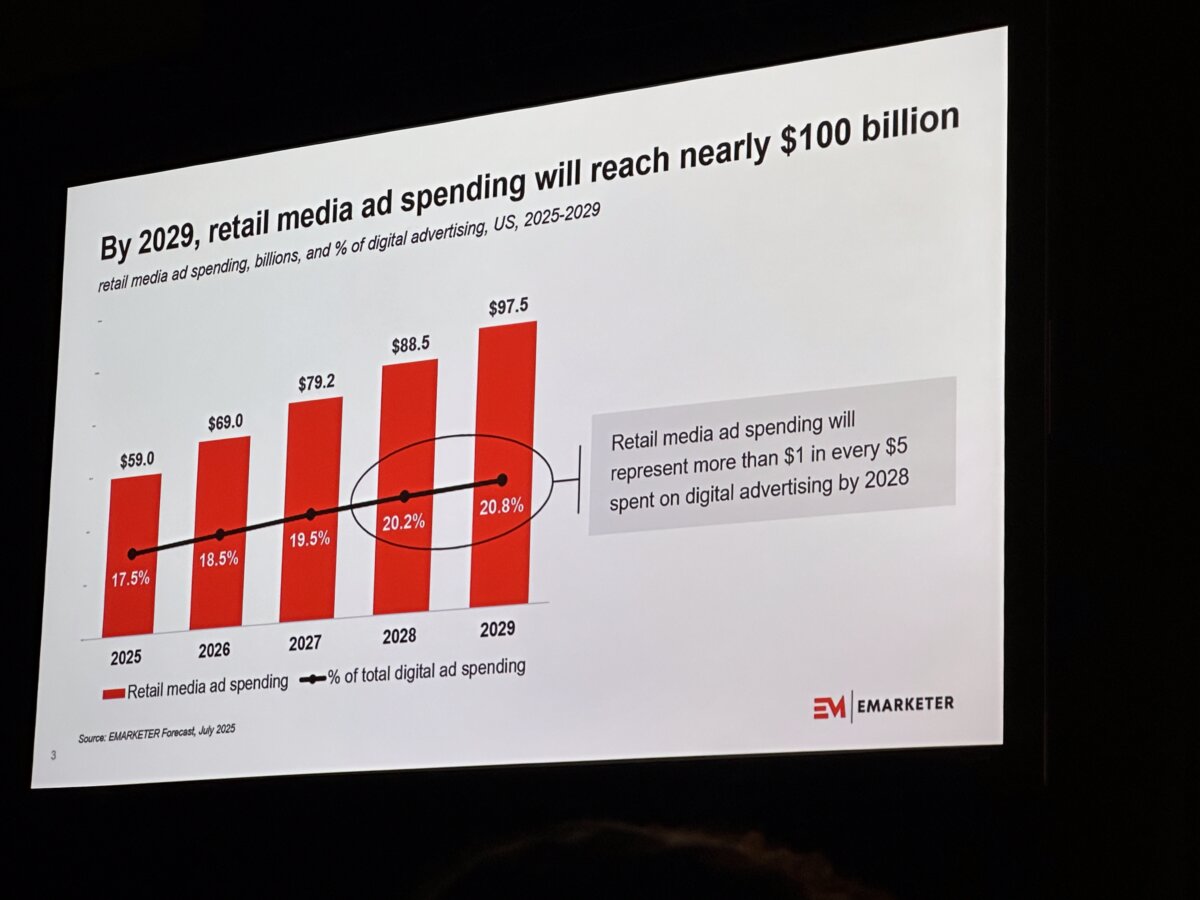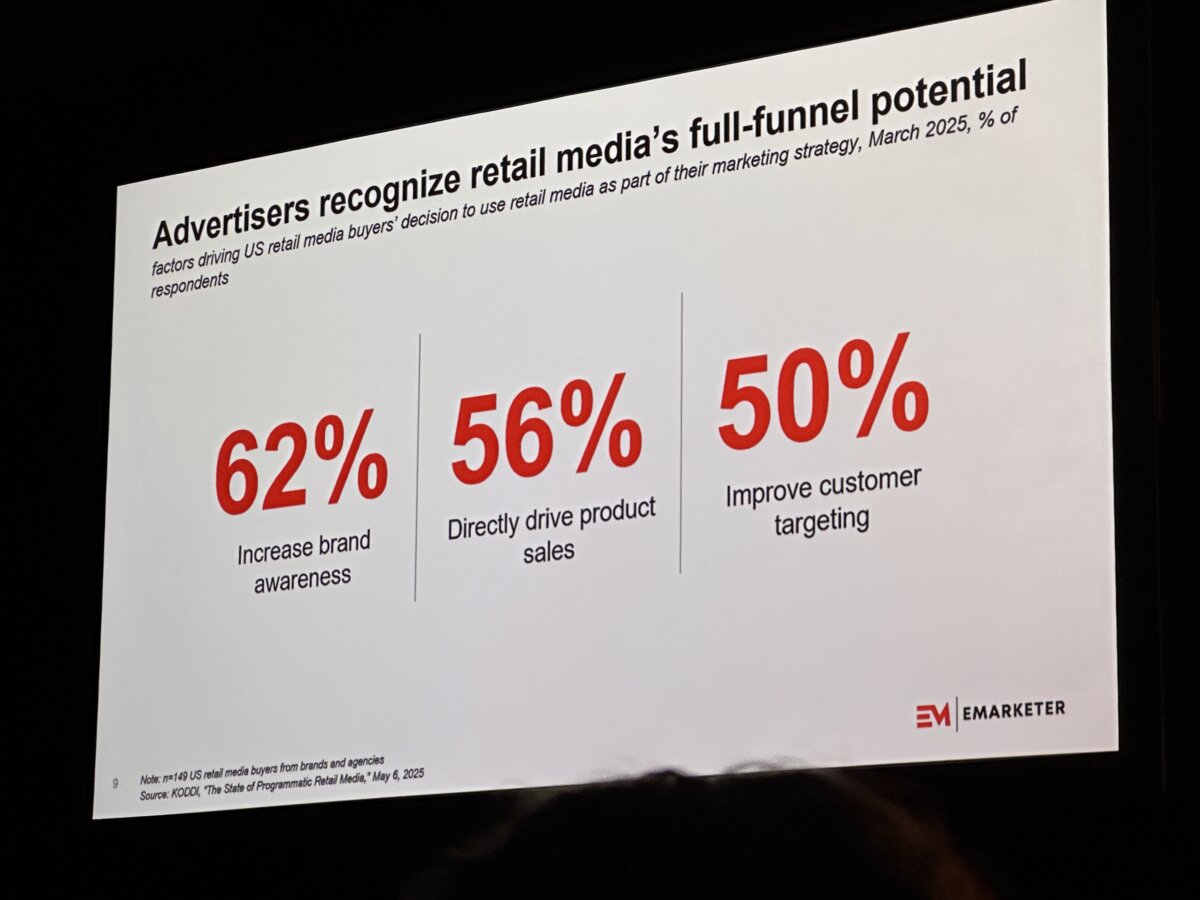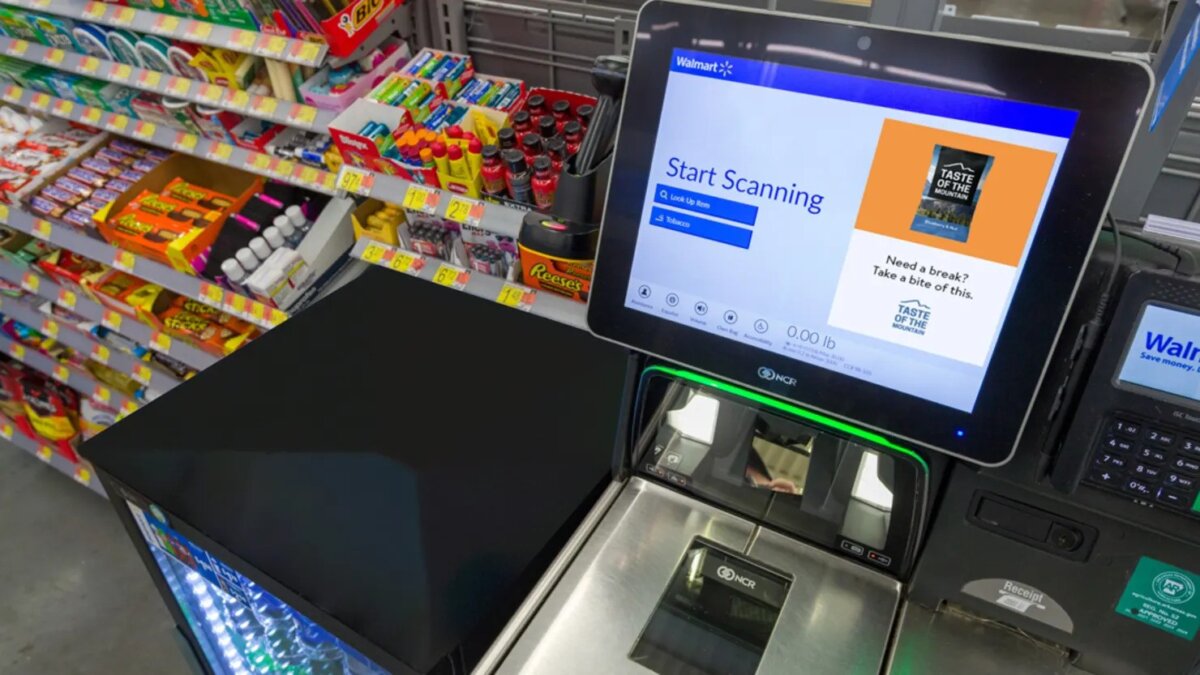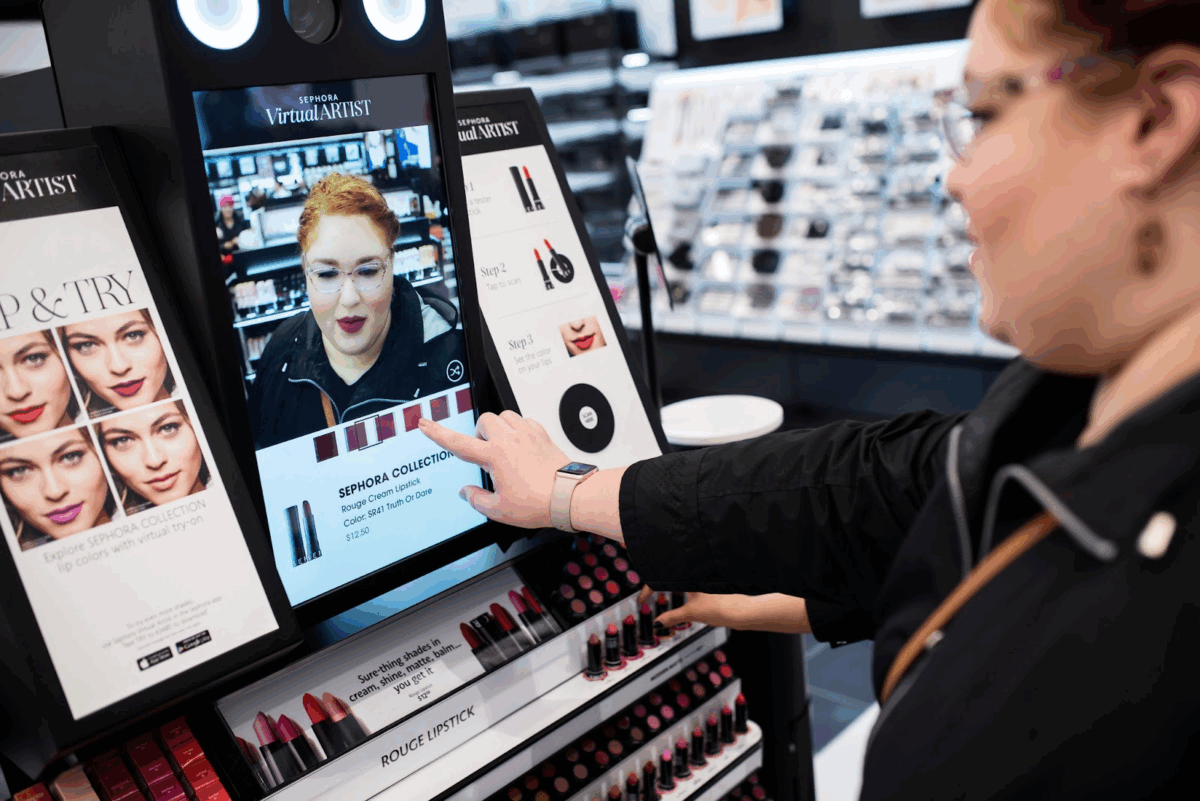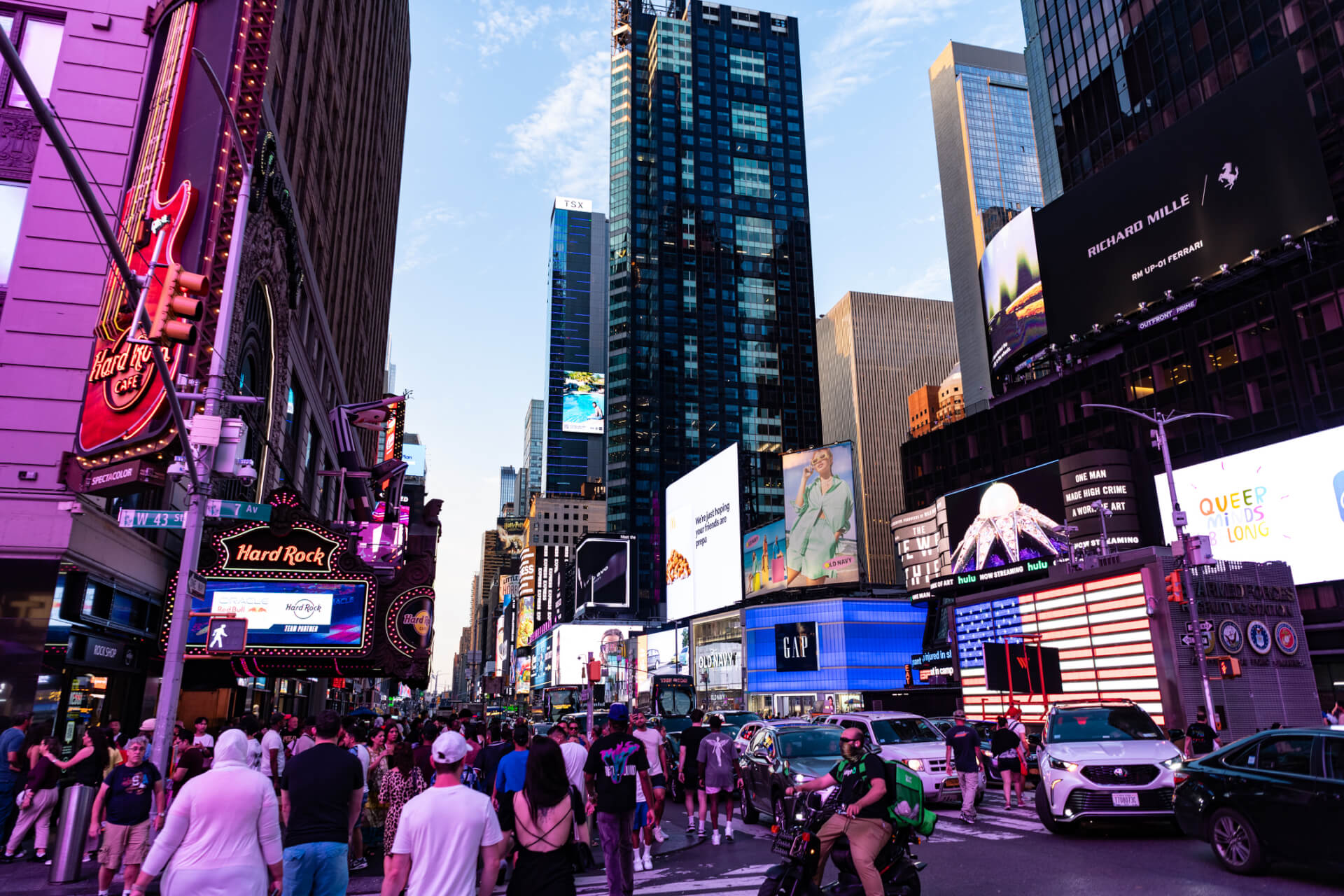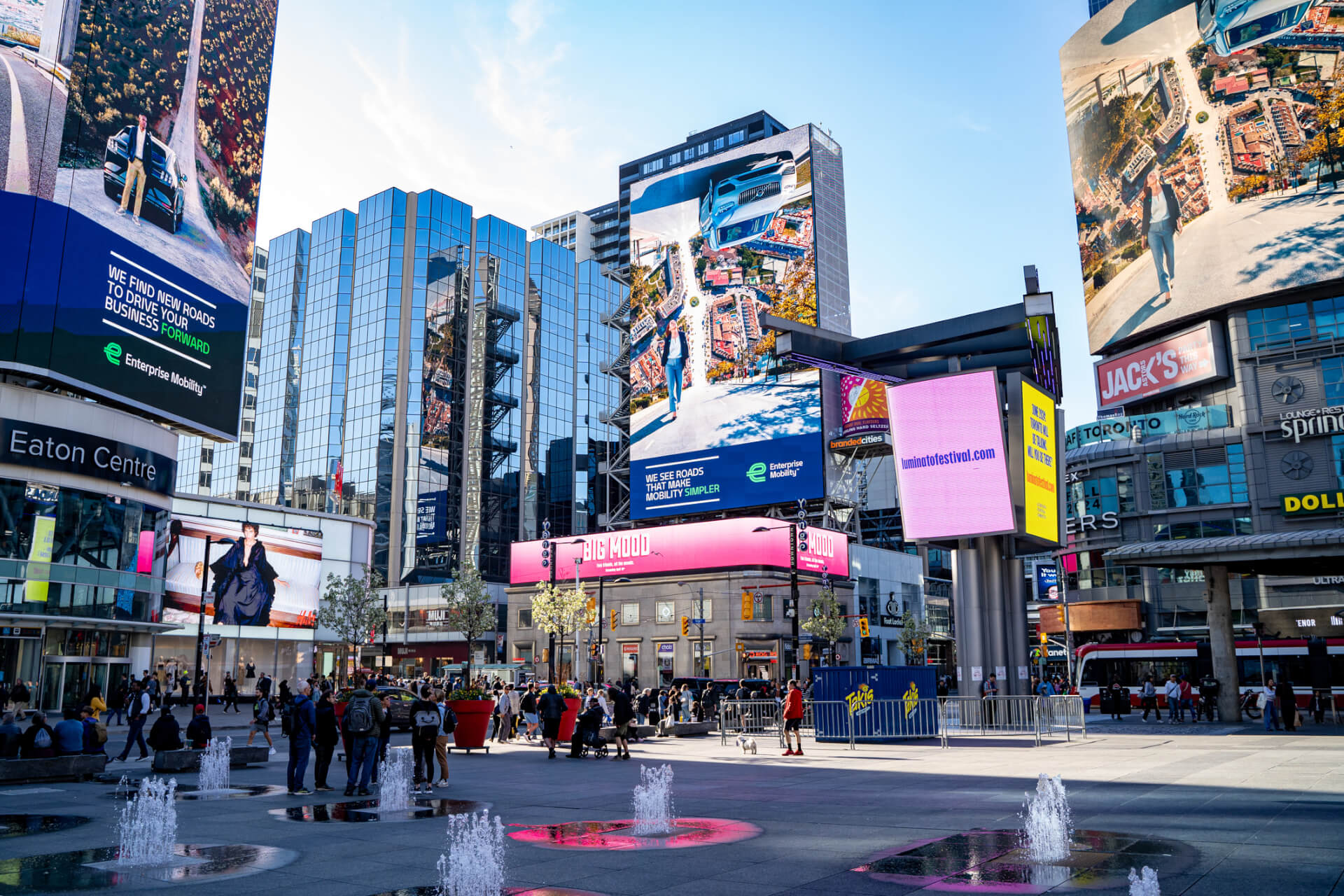| October 11, 2021
How 75Media increased its fill rates by 15% with the Broadsign Platform
2024 was a record-breaking year for out-of-home (OOH) advertising in the United Kingdom (UK). Total OOH revenue for the region grew 7.7%, pulling in a record-breaking £1.4 billion in revenue. While spend is expected to cool down slightly in 2025 at 7.2%, the medium will grow through technological innovations like dynamic digital billboards, interactive displays, and programmatic advertising.
Digital OOH (DOOH) now dominates the OOH landscape, accounting for 67.1% of total spend as brands seek the flexibility and creativity that digital offers. That being said, demand for static OOH – also known as classic OOH– isn’t going anywhere, remaining an effective medium for long-term brand-building campaigns.
With both formats offering distinct benefits to advertisers, the most effective campaigns combine both. This is where UK-based media owner 75Media comes in. As one of the leading providers of large-format static and digital roadside billboards in the region, 75Media makes it easy for brands, big and small, to tap into the power of OOH with the flexibility, scale and simplicity that modern advertisers need today.
How 75Media makes out-of-home simple for buyers
Wanting to provide brands with national reach through large-format, high-impact roadside billboards, 75Media’s sites are strategically positioned in high-traffic locations across the UK. These include key commuter routes and busy city centres, with placements carefully chosen for their proximity to gyms, shopping centres, supermarkets, and other points of interest.
Through a series of strategic acquisitions, 75Media has exponentially grown its network, going from 140 to nearly 1,300 digital and static billboards across the UK in just five years. Today, with just over 1,000 large-format static billboards, 75Media’s hybrid network is about 75% static and 25% digital.
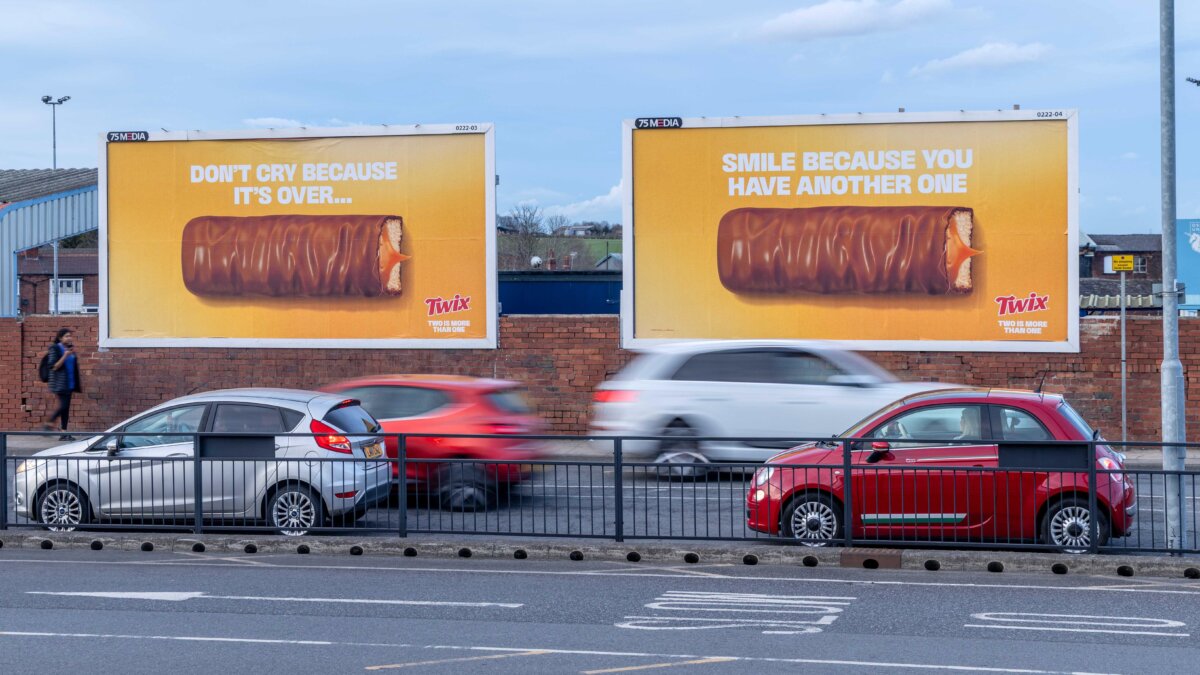
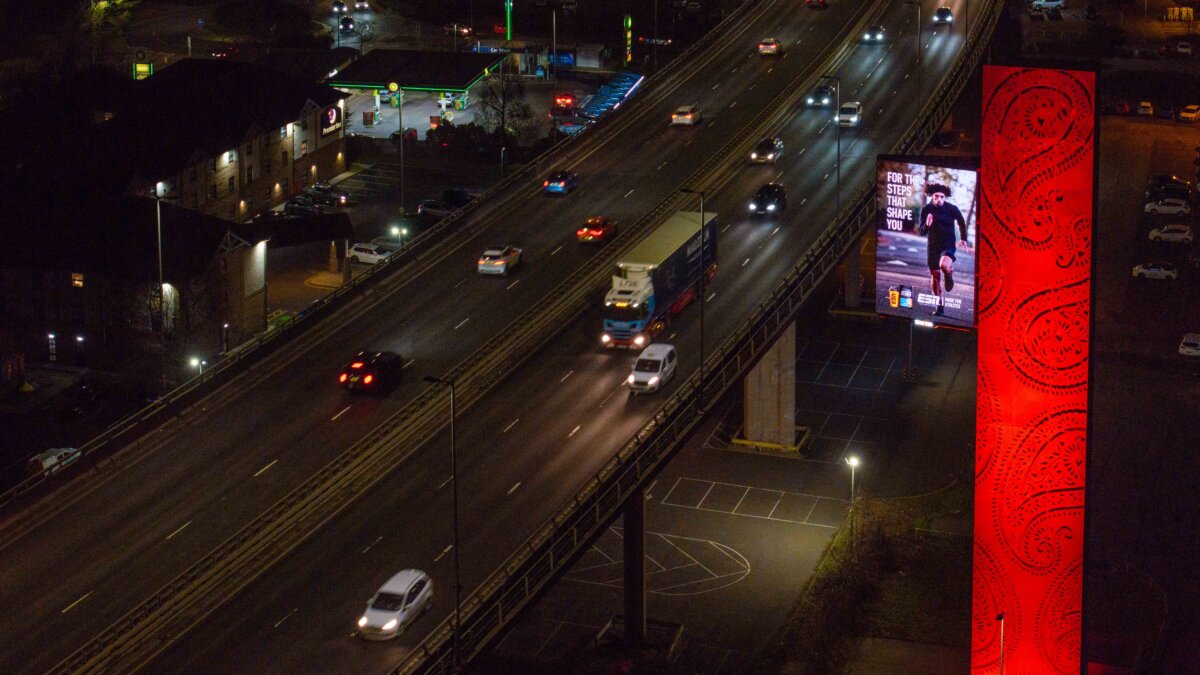
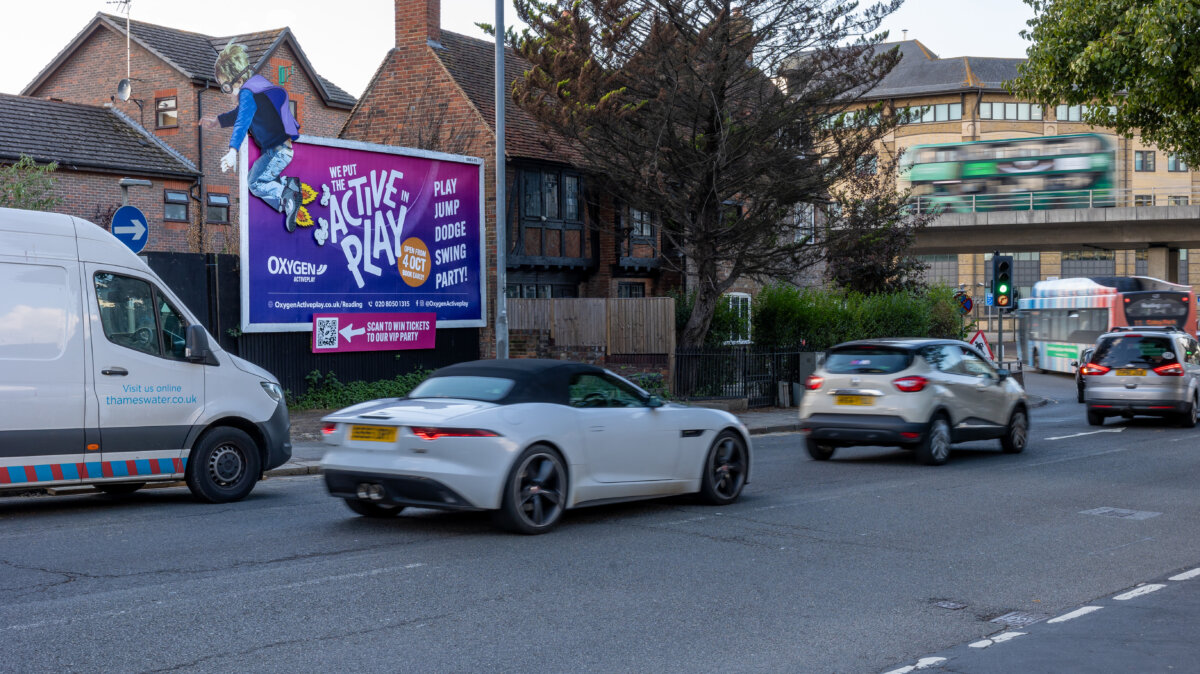
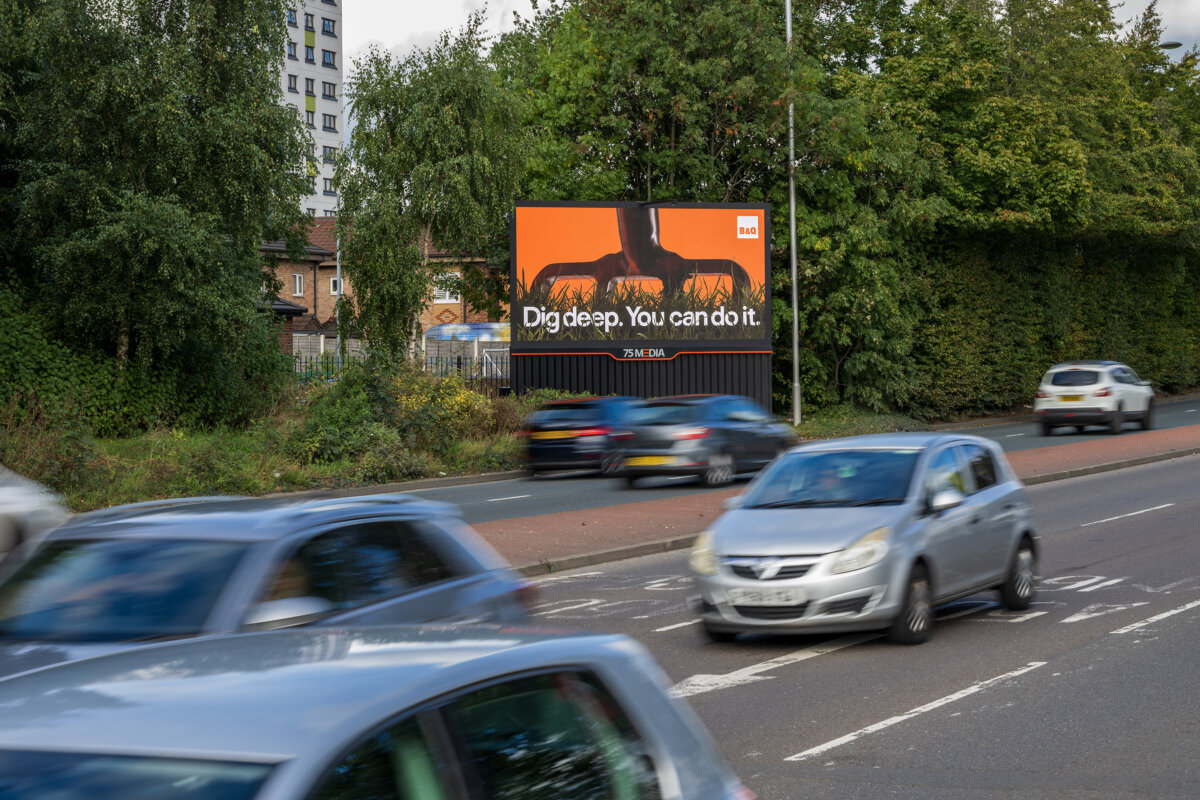
In addition to their wide-reaching network, advertisers choose 75Media’s network because they make OOH measurable and efficient without compromising on quality. Wanting to deliver real audiences to clients as quickly as possible, 75Media focuses on minimizing the back-and-forth typically needed to book OOH campaigns.
75Media’s network attracts a broad mix of advertisers and campaigns, including major brand campaigns, fast-moving consumer goods promotions, as well as ads for local businesses, the public sector and charitable organizations. On the digital side of its network, there’s exciting momentum toward dynamic creative optimization (DCO) campaigns. Collaborating with their data partners, DOOH.com, Veridooh and Artbot, 75Media has been unlocking new ways for brands to engage with their audiences in real-time.
One notable dynamic, data-driven campaign that ran on 75Media’s network was Nike’s campaign featuring renowned Norwegian professional footballer Erling Haaland for the promotion of its new Mercurial football shoe. Leveraging the dynamic triggers available on the Broadsign Platform, the artwork and messaging of the DOOH ad would dynamically update whenever Haaland scored a goal during a match.
How Broadsign makes it easy for 75Media to run its network
One platform to efficiently scale, manage, and sell their digital and static out-of-home inventory
75Media has been using the Broadsign Platform since day one. Operations Director Alex Simpson—one of 75Media’s founding directors—had previously used Broadsign at his former company and saw first hand how reliable and effective the platform was. So when 75Media launched in 2020, continuing that partnership was a natural choice. And with their significant growth plans, they needed a platform that was capable of seamlessly scaling alongside their business.
In addition to the platform’s robustness and reliability, 75Media chose Broadsign for its content and network management capabilities. The manual work typically tied to campaign scheduling, booking and execution is now automated, freeing up the team’s time to focus on enhancing advertisers’ experience with OOH.
Moreover, managing their static and digital assets through the Broadsign Platform not only kept things efficient and organized, but also provided them with seamless workflows to plan, execute, and monitor static and digital OOH campaigns without unnecessary complications.
“The reporting capabilities provided by the Broadsign Platform for our digital and static assets allow us to be totally transparent with our clients. Being able to show brands exactly how their campaigns are performing in-flight is invaluable.”
Alex Simpson, Operations Director, 75Media
How 75Media optimizes fill rates with Broadsign’s flexible campaigns
Another key capability that 75Media has been leveraging is Broadsign’s flexible selling tools for their DOOH campaigns. This gives them access to our flexible campaign types, which are goal-based and data-triggered, allowing you to deliver more targeted results. In fact, 80% of DOOH campaigns that ran on 75Media’s network in 2024 leveraged flexible campaigns.
The most widely used flexible campaign type was the Campaign Average Share of Voice (SoV). This allows advertisers to define the average percentage of screen time their ad should get over the campaign’s duration. So what makes it flexible? The SoV on each screen can vary day-to-day to accommodate other campaigns requiring the same screens, but the target average SoV across all screens over the campaign’s duration will always be met.
This is made possible by Broadsign’s optimization engine, which leverages our rebalancing feature to modify the pace at which a campaign is delivered to guarantee targets are met. Since adopting these new flexible capabilities, 75Media has seen an increase of 15% in its screen fill rates and has strengthened its client relationships by offering more flexible solutions.
“Broadsign’s rebalancing feature helps deliver our campaigns efficiently while allowing us to maximize the space across our inventory. It’s particularly useful in ensuring everything runs smoothly without daily intervention from our delivery team.”
Alex Simpson, Operations Director, 75Media
The Campaign Average SoV campaign type is particularly useful for markets where flexible buying has not been widely adopted. Buyers can maintain the same fixed results typically obtained through slot-based campaigns while providing you with the operational flexibility to fill your network optimally.
What we can expect from 75Media in the near future
While 75Media will continue to invest in new digital and static sites to extend its coverage and reach, its focus in the near future is to become the most efficient OOH operator in the market. It plans to do this by investing in new technology and automation, removing the medium’s preconceived pain points, and providing the quickest way to buy OOH.
Additionally, as programmatic capabilities continue to evolve, advertisers will grow more confident in data-driven OOH. With demand expected to rise, 75Media is actively exploring new audience analytics and multiple data integrations to enhance targeting and boost campaign effectiveness.

